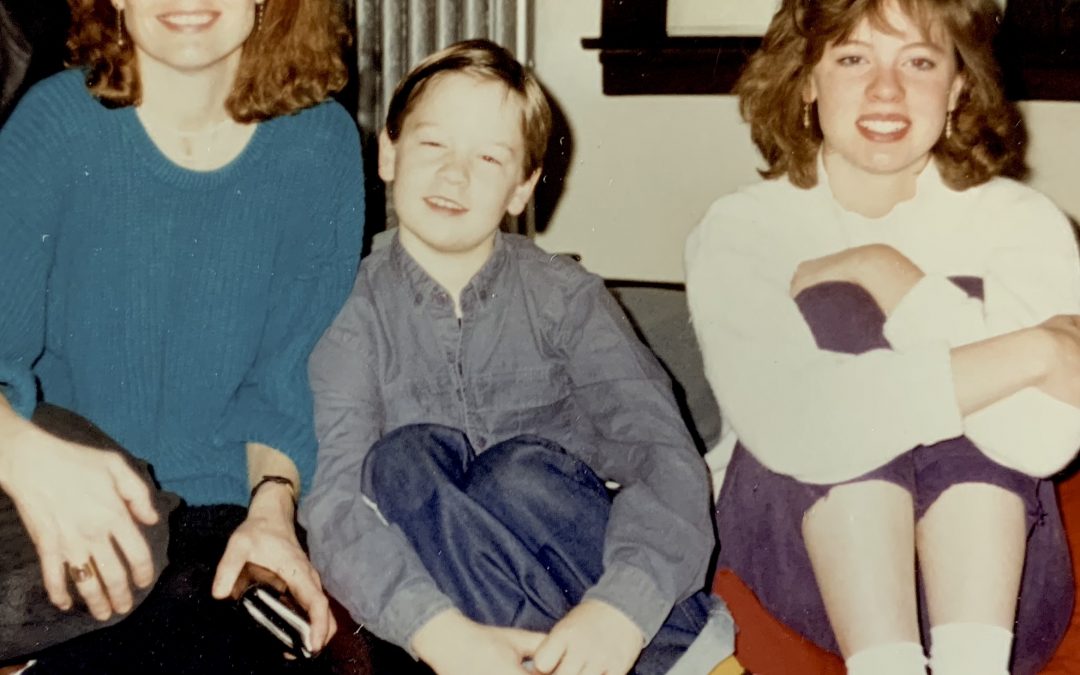Here’s a tiny glimpse into my life in 1984:
- I have moved to Stamford CT with my two children, aged 8 and 12, and a just-married-to second husband.
- I finished my PhD coursework at the University of Illinois but have not yet begun my dissertation. My advisor at Illinois is convinced that since I’m leaving town, I will never finish.
- I have taken a teaching position at Pace University in Pleasantville, NY, a 25-mile commute on I-95, which often takes over an hour in bumper-to-bumper traffic. To keep up with our expenses, I’m teaching a four-course overload per semester at Pace.
- I’m conducting interviews with wood products companies and running statistical analyses to move the dissertation process forward.
- I’m trying — mostly unsuccessfully — to protect my daughter and me from an increasingly abusive husband.
Bottom line, I feel trapped and my entire focus is on preparing for a better future for my children and for myself. My dream for a brighter future keeps me alive. I don’t just put the present aside, I experience it with pain and fury: The present is a dark and angry storm from which I need to find an escape for my children and myself.
Fast Forward to 2020:
Today, I am fully aware of the importance of living in the present and enjoying this moment, knowing that it may be my last. I feel deep sadness for that 33-year old woman-child sacrificing her present for a healthier future.
My guest on this week’s podcast, Cherie Kephart, would agree. Her new book tells the story of when she, too, was in her early 30s. But she was in a wheelchair, hallucinating, barely able to follow the doctor’s speech. It was a Friday. And he said to her,” You’re not going to make it until Monday.”
A mysterious illness led to years of suffering, during which her symptoms again and again were undiagnosed and misdiagnosed. For many years, Cherie dealt with relentless pain and the anguish of not knowing what was causing it.
She shares important lessons that the painful experiences taught her about the importance of stopping, noticing the here and now, and recalibrating when life moves too fast.
But here’s the thing:
I’m certain I would not be here today, living the joyous and healthy life that Ed and I now have, had I not focused all of my energy on creating a better future back in 1984.
Is it possible to be at once fully present and future-focused?
I hold as a sacred mantra what the Vietnamese Buddhist monk and peace activist Thich Nhat Hanh said, “I have arrived. I am home. While I am still making steps, I have already arrived, I am already home.”
Thich Nhat Hanh is best known for the “I am home” part. But notice that he’s holding the paradox of being home and simultaneously still making steps.
I wish to fully embrace the seeming paradox underlying Thich Nhat Hanh’s message: Still making steps and already home. I wish to be fully present, even as Ed and I are still laying the groundwork for our future.


Marlena asks, “is it possible to be at once fully present and future-focused?” Years ago, I received advice that I should be in the present while planning for the future. This sounded great to me as I stood there in 1980 before a man I respected. I still like the idea, but I find implementing it an ongoing worthy challenge.